|
|
| |
| Padma Perfumery Works Replenish your senses! |
| Rose Incense |
White Musk Incense |
Al Oudh Incense |
Sheik Al Arab Blue |
Jasmine Incense |
|
|
|
|
|
 |
 |
 |
 |
 |
|
|
|
Calamus
 Calamus is a aromatic rhizome that comes from the plant Acorus calamus which is a specie of the genus Acorus. The fragrant leaves and roots of this plant has been used for their aromatic as well as therapeutic benefits since ages. The rhizome was so very popular with the indigenous Indians that it was used as a medium of exchange and most Indians treasured it as a valuable commodity of various uses Calamus is a aromatic rhizome that comes from the plant Acorus calamus which is a specie of the genus Acorus. The fragrant leaves and roots of this plant has been used for their aromatic as well as therapeutic benefits since ages. The rhizome was so very popular with the indigenous Indians that it was used as a medium of exchange and most Indians treasured it as a valuable commodity of various uses
Origin
The calamus plant is a tall, perennial wetland monocot with sword-shaped long leaves, small, pale green flowers and yellow fruits. A conspicuous bract, called spathe, holds the flowering shoot of these plants. The aromatic roots are harvested in late fall or spring. The small hairs in them are removed and the roots are dried in low temperature, away from direct sunlight. These dried rhizomes are then further processed to extract the essential calamus oil.
These plants prefer a temperate or subtropical climate and is seen to grow near swamps and banks of ponds in Europe, Asia, and North America.
Biological Specification
- Kingdom : Plantae
- Classification : Angiosperms, Monocots
- Order : Acorales
- Family : Acoraceae
- Genus : Acorus
- Species : A. calamus
Chemical Constituents
 Calamen Calamen- Calamenos
- Calamenon
- Asarone
- Beta-Asarone
- Sesquiterpenes
- Sesquiterpene alcohol
- Oxalic acid
- Calcium
Uses
- Both the oil and the dried rhizome is extensively used to make incense and in aromatherapy as its fragrance is considered to bring clarity to the consciousness.
- The essential oil of calamus is nauseant, stomachic, anthelmentic, stimulants, emetic, expectorant, carminative, antispasmodic and nervine sedative.
- Many herbal medicine prescribed to treat diseases such as epilepsy, mental; ailments, chronic diarrhoea and dysentery contains the dried rhizome as a major ingredient.
- Known for its effective tonic properties it is used to treat stomach acidity and anorexia nervosa.
- It is also a natural insecticide and repels lice, bedbugs, worms etc.
- The dried root is administered internally in the treatment of digestive complaints, bronchitis, sinusitis etc.
- It is also used externally to treat skin eruptions, rheumatic pains and neuralgia.
- It is also a commercial flavoring agent in tooth powders, bitters and even in some kind of wines and beers.
|
|
|


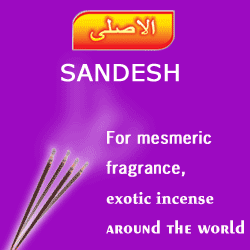

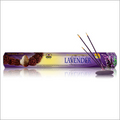
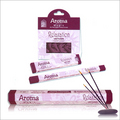
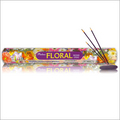
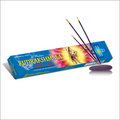
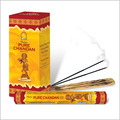
 Calamus is a aromatic rhizome that comes from the plant Acorus calamus which is a specie of the genus Acorus. The fragrant leaves and roots of this plant has been used for their aromatic as well as therapeutic benefits since ages. The rhizome was so very popular with the indigenous Indians that it was used as a medium of exchange and most Indians treasured it as a valuable commodity of various uses
Calamus is a aromatic rhizome that comes from the plant Acorus calamus which is a specie of the genus Acorus. The fragrant leaves and roots of this plant has been used for their aromatic as well as therapeutic benefits since ages. The rhizome was so very popular with the indigenous Indians that it was used as a medium of exchange and most Indians treasured it as a valuable commodity of various uses  Calamen
Calamen